Understanding Biological and Social Factors in Gender Differences

Gender differences have long been a topic of discussion across various fields, including biology, psychology, and sociology. From conception to late adulthood, the differences between typical males and females manifest in many ways, influenced by both biological and social factors. This blog aims to explore these differences, how they develop, and the implications they have on society.
Conception and Chromosomal Differences
The journey begins at conception when a sperm carrying either an X or Y chromosome fuses with an egg, which always carries an X chromosome. This fusion creates a single cell known as a zygote, and the combination of chromosomes determines the baby's sex. An X and a Y chromosome result in a male, while two X chromosomes create a female. Interestingly, about 1 in 5000 individuals possess a different chromosomal combination, referred to as intersex, illustrating that gender can exist on a spectrum rather than a strict binary.
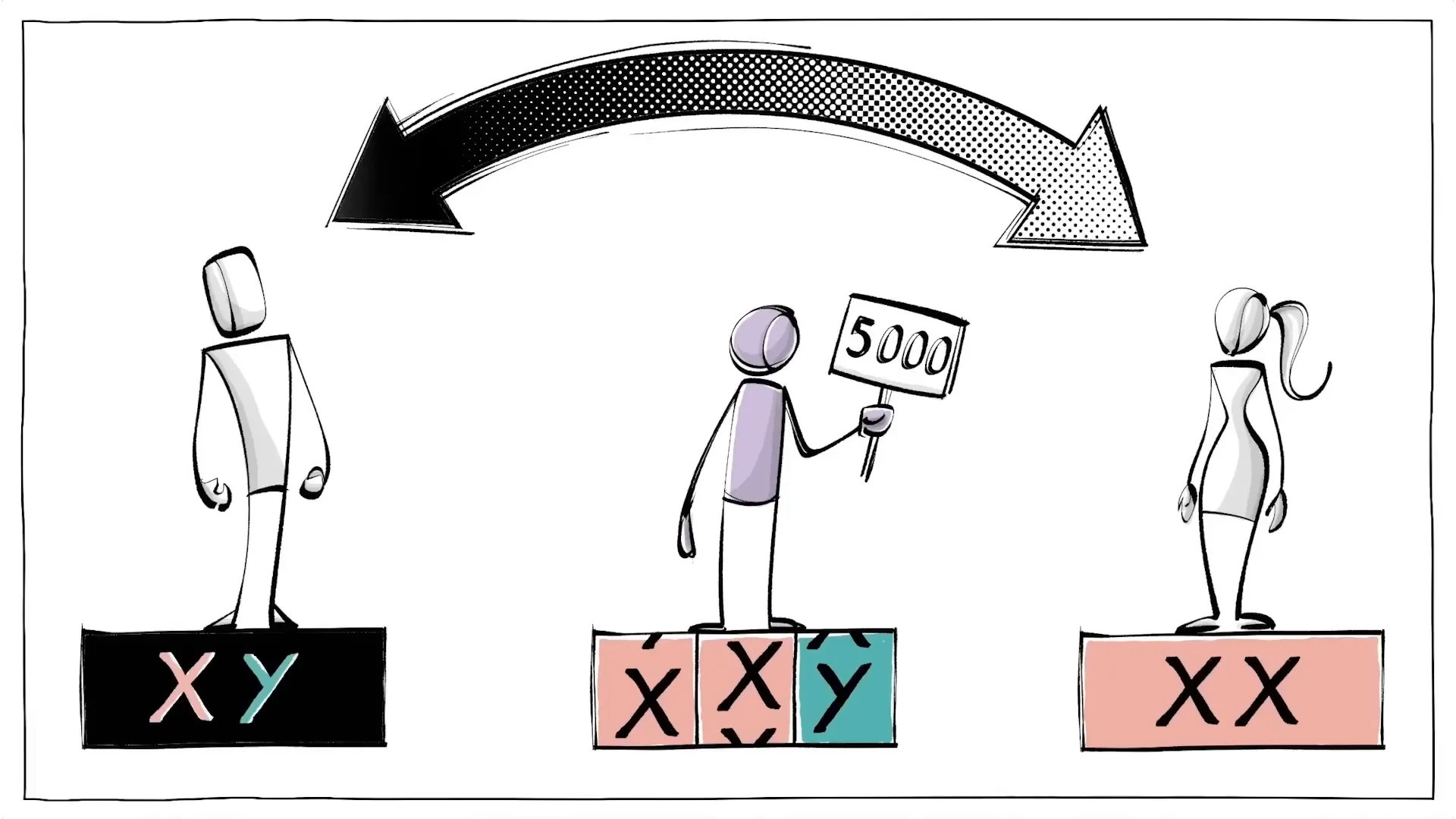
Birth and Early Development
At birth, children are typically identified as boys or girls, with boys generally being slightly larger and heavier. Their heads are often proportionately bigger as well. However, from this early stage, cultural norms begin to reinforce traditional gender roles, making it challenging for scientists to differentiate between biological and socially constructed behaviors.
During childhood, boys tend to be more physically active, with a greater interest in objects and exploration. They often develop a better understanding of three-dimensional space. In contrast, girls are usually less active and more interested in social interactions, demonstrating a quicker aptitude for language acquisition. For instance, at just 16 months, girls have an average vocabulary of 95 words, which is more than three times that of boys.
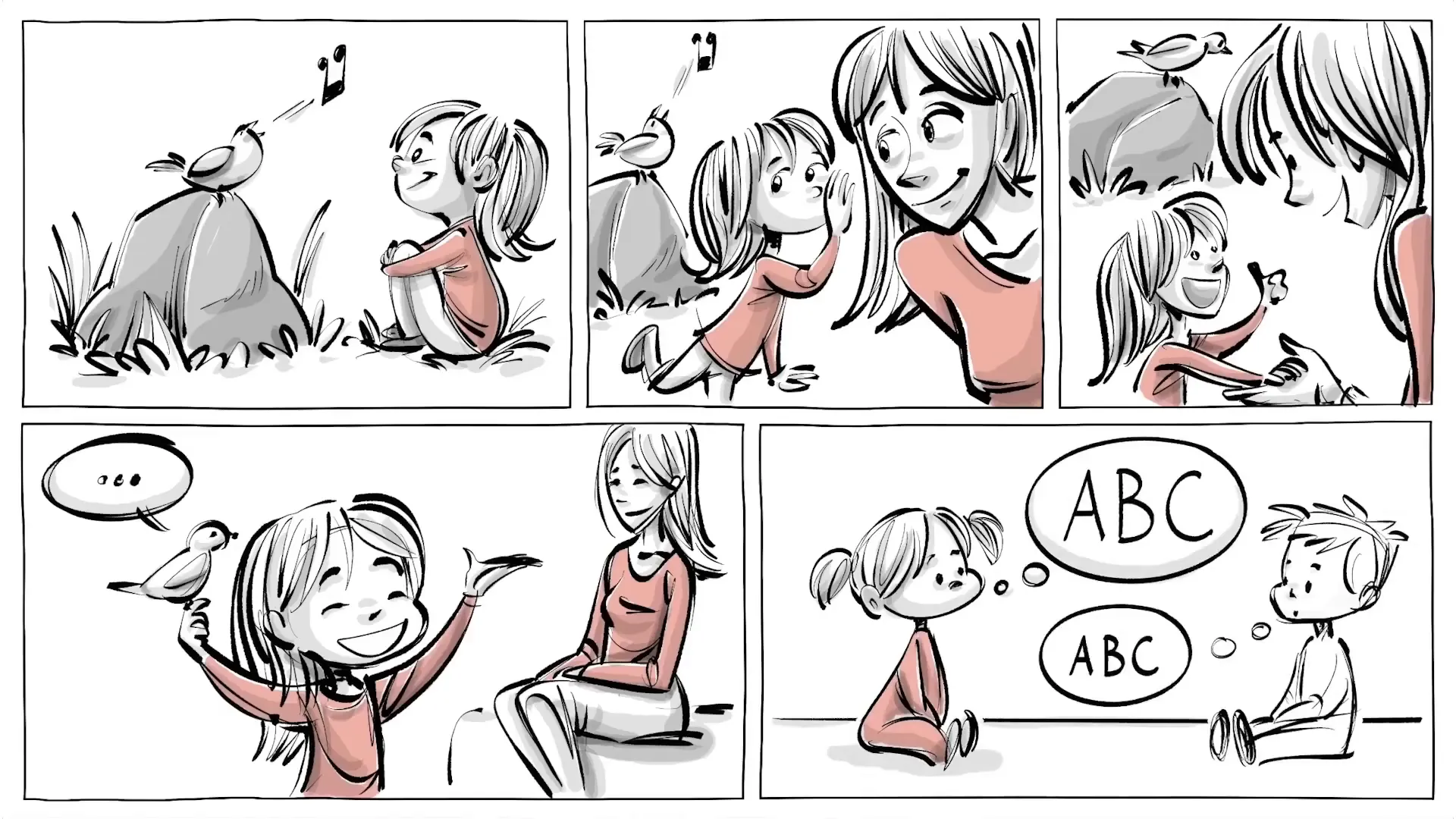
The Transition Through Puberty
As children enter puberty, the differences between boys and girls become more pronounced. Girls typically start to grow taller between ages 8 to 13, with their body shapes changing and hair growing in new places. This period also marks the onset of menstruation, which signifies their biological ability to conceive and bear children. During this time, girls experience increased levels of estrogen, become more social, and often show greater empathy. Interestingly, while they may not be as physically strong as boys, they can excel in ultra-endurance events.
Boys experience puberty slightly later, with a growth spurt that peaks around age 14. They develop increased muscle mass, body hair, and a more prominent Adam's apple, leading to deeper voices. The surge of testosterone during this time also heightens their potential for aggression. Statistically, boys are about ten times more likely to end up in jail, which speaks to the societal implications of these biological changes.
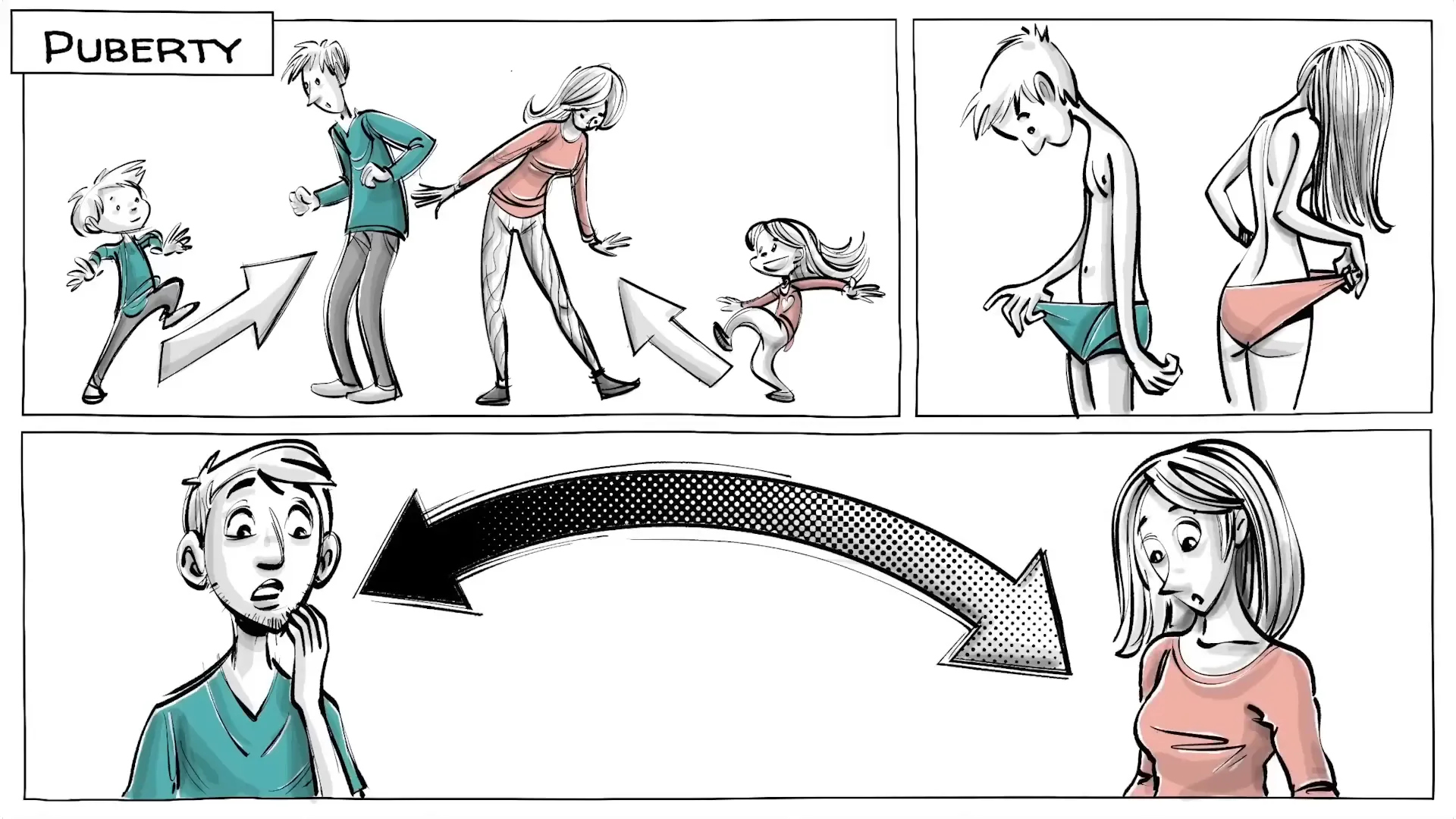
Reproductive Years and Their Implications
Throughout their reproductive years, typically until their mid-thirties, both sexes are capable of conceiving. However, their experiences are vastly different. Men can father a child in a matter of minutes, while women undergo a lengthy process of pregnancy that entails significant physical and psychological commitments. This difference creates unique risks, especially if a relationship deteriorates.
On the other hand, women can be certain of their biological connection to their child, while men face the potential uncertainty of paternity. Cultural norms often lead to a greater fear of paternal fraud among men, while women may feel more anxiety about emotional betrayal and resource sharing, shaping their concerns around infidelity.
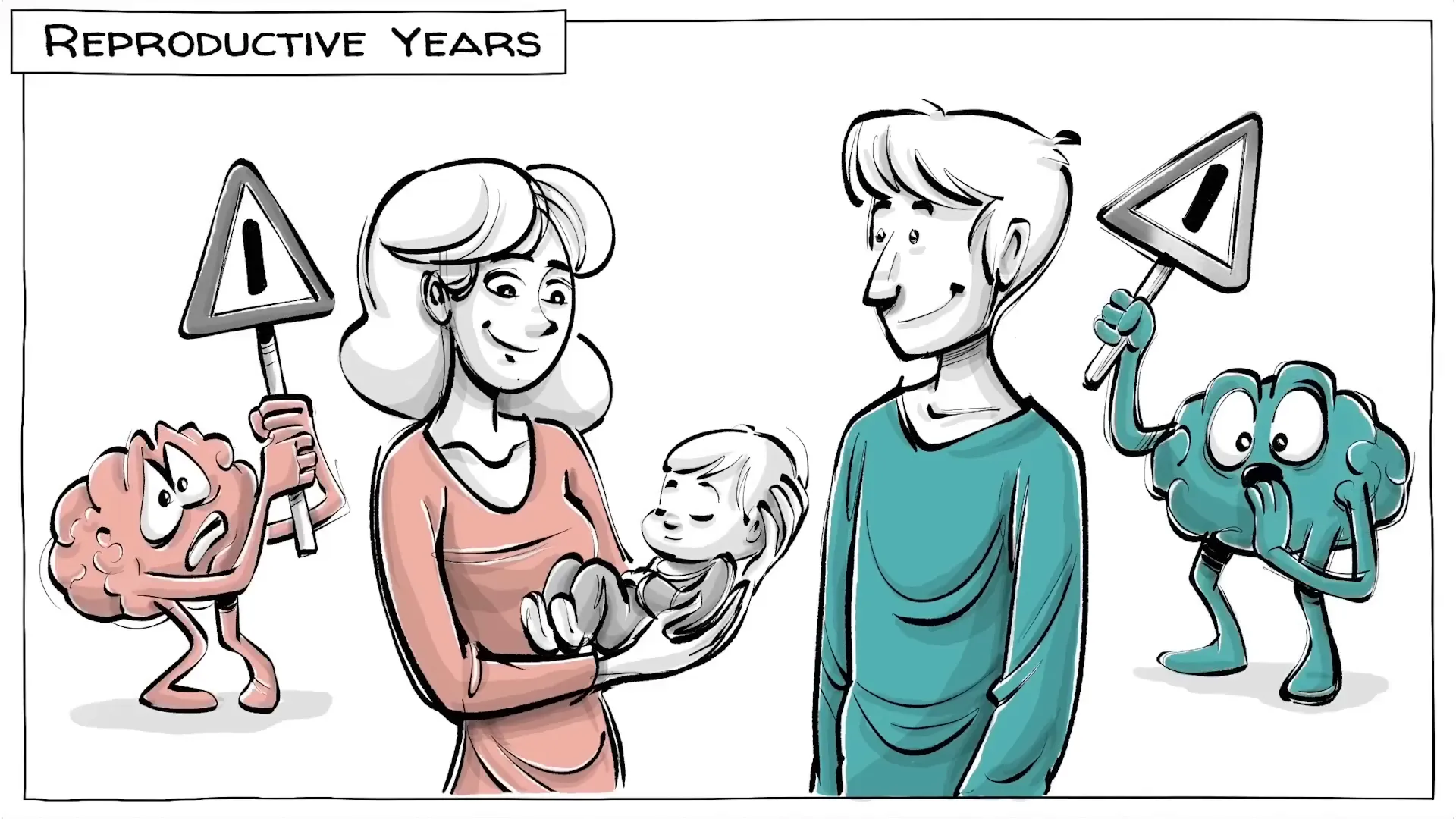
Midlife Changes and Fertility
As individuals reach mid-adulthood, both genders begin to experience a decline in reproductive capabilities. For women, fertility starts to decline in their early thirties, and by their forties, natural conception becomes increasingly unlikely. Men remain fertile longer, but the likelihood of producing faulty sperm cells rises significantly after age 35.
By late adulthood, women generally outlive men by about six years. Men are more prone to health issues, often due to riskier lifestyles and neglect of health concerns. This longevity gap raises questions about health care, social support, and the implications of aging differently across genders.
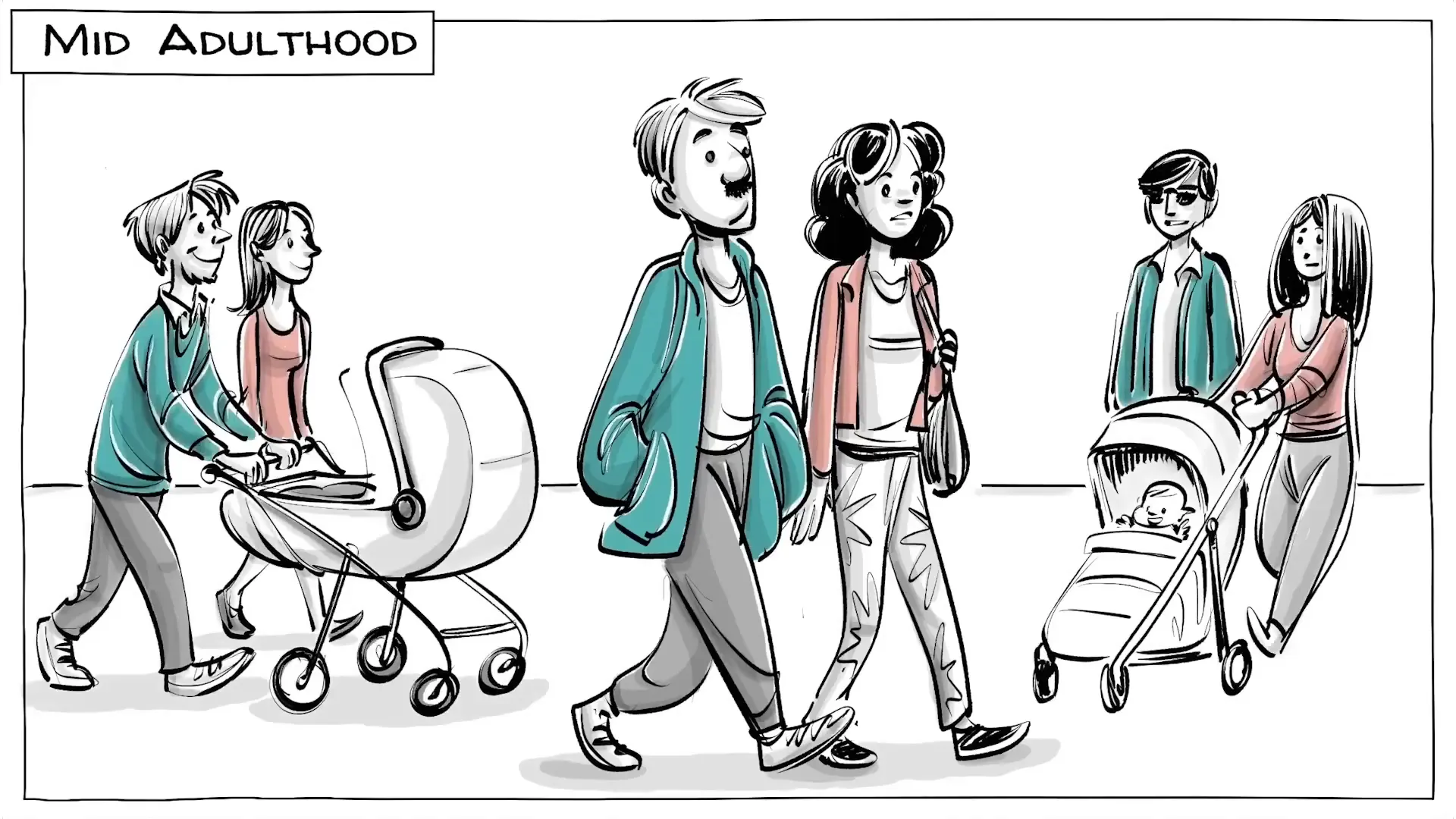
Societal Influences on Gender Differences
The interplay between biological and social factors is complex. While biology lays the groundwork for certain physical and psychological traits, societal expectations and cultural norms heavily influence behavior and opportunities. From a young age, children are often socialized into specific roles that can limit or enhance their potential based on gender.
For example, boys may be encouraged to pursue physical activities and competitive sports, while girls might be steered toward nurturing roles or artistic endeavors. These expectations can lead to disparities in career choices, educational attainment, and personal fulfillment.
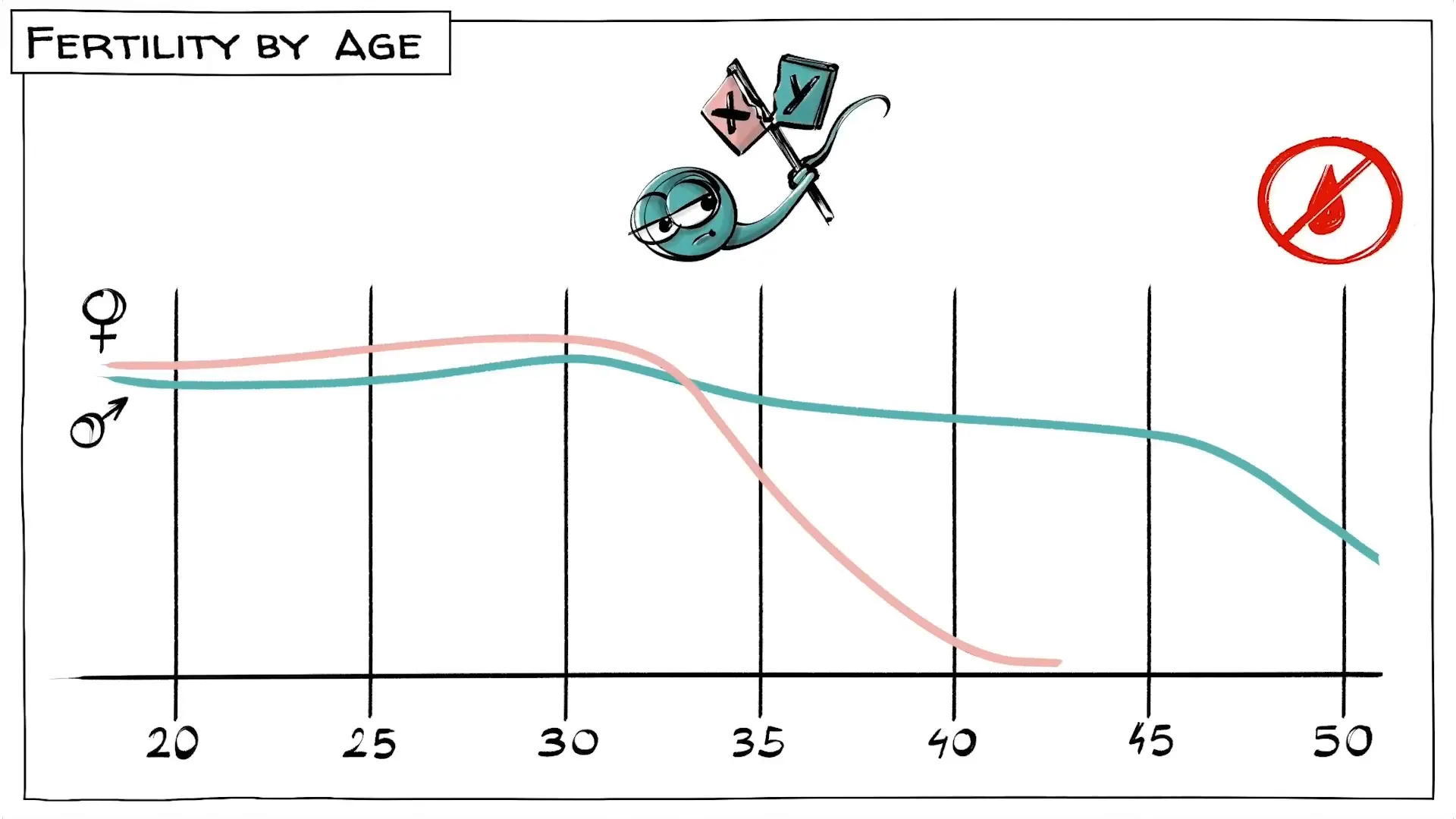
Conclusion: The Path Forward
Understanding the differences between genders requires a nuanced approach that considers both biological and social factors. As society evolves, so too should our perceptions and regulations regarding gender roles. It is essential to foster an environment that promotes equality, allowing individuals to thrive regardless of their biological sex. By embracing diversity and challenging traditional norms, we can create a more inclusive society that values all contributions equally.
What do you think? How do sex differences influence our society, and how does society influence them? Should we create laws and regulations to purposefully reduce these differences?